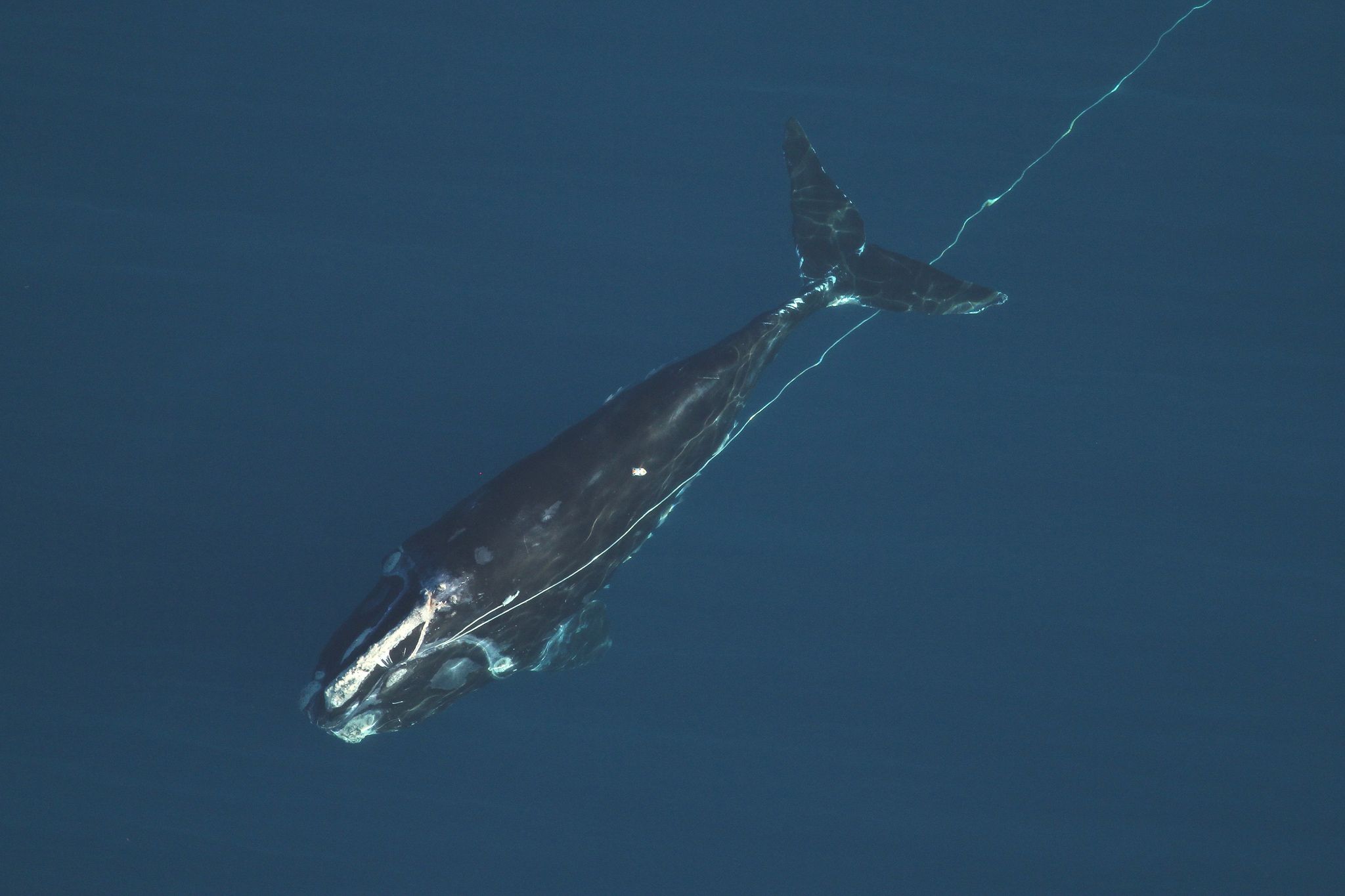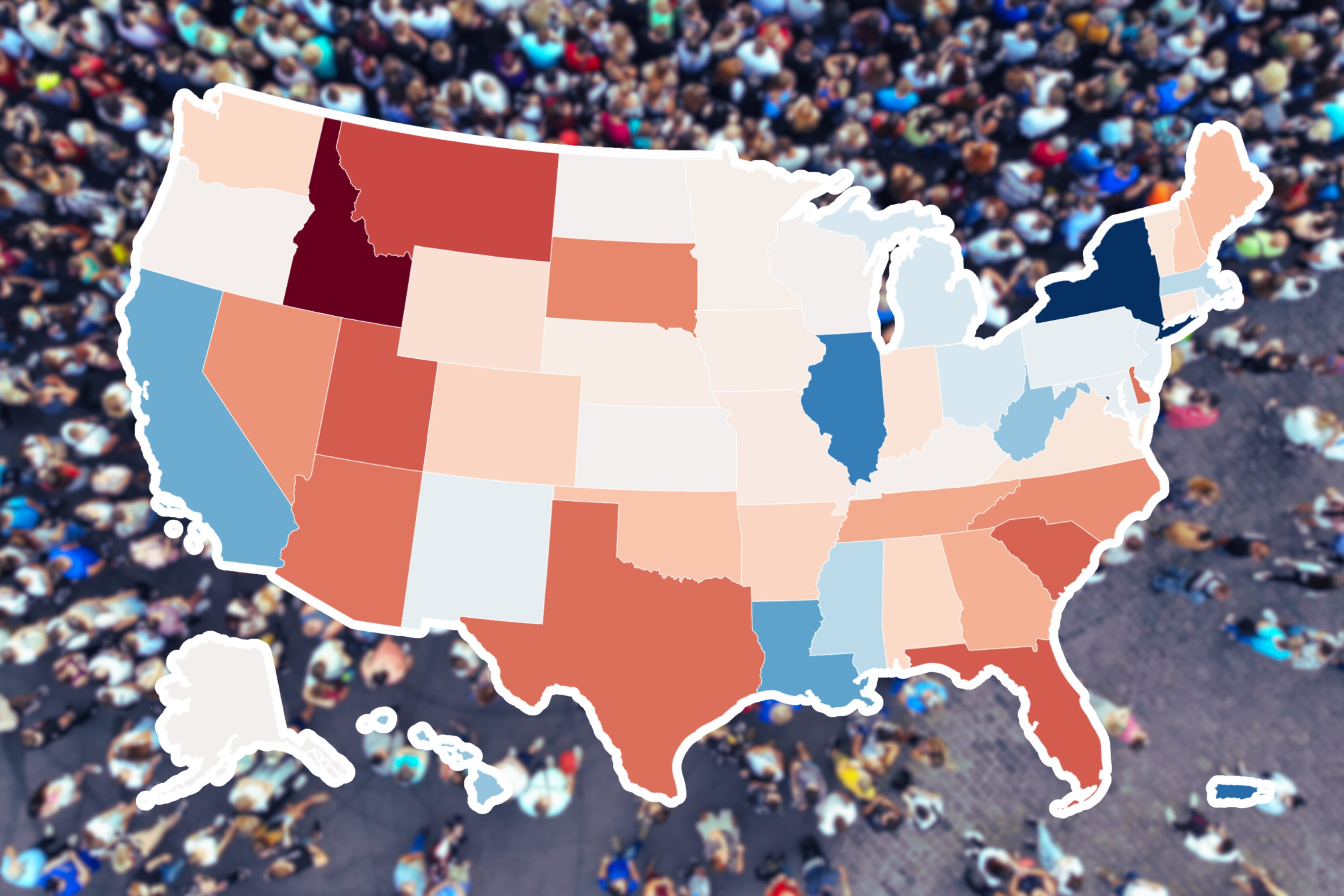
For decades, whaling ships targeted right whales. Now that they're protected, they are still victims of human activity, and it may be too late to save them.
Since gaining legal protection from being hunted, the population of North Atlantic right whales has slightly increased. In the 1930's, there were just over 300 North Atlantic right whales, which is one of three right whale species. Their population has since increased to 450, but they still face a very real possibility of extinction.
In 2017, 17 North Atlantic right whales died, according to Phys.org. That leaves only 100 breeding females left in the world. The 17 deaths this year is particularly high, and coincides with a particularly low rate of births, and could be the beginning of the end. The World Wildlife Fund's page on north Atlantic right whales says that they show "no signs of recovery despite protection."
Right whales migrate annually from along the Atlantic waters that border eastern Canada all the way down to the coast of North Carolina. However, new research monitoring their calls in these locations has found that they are starting to roam further north. Their migration route passes through fishing areas, where they sometimes collide with fishing boats and become entangled in nets and traps. Those encounters make up a large portion of their untimely deaths.
Collisions with fishing boats and entanglement in gear can stress them, slow them down and kill them. Even if they survive the encounters, the stress makes them less likely to bear healthy offspring. Fecal-analysis research published in the journal Endangered Species Research shows that entangled whales show higher levels of stress hormones. The adverse effects of stress on reproduction are well-known, at least in farm animals.
Even when North Atlantic right whales do breed, their low population means low genetic diversity and a high potential for inbreeding. In 2001, the National Oceanic and Atmospheric Administration (NOAA) published a report on the factors that could be causing North Atlantic Right Whales to not reproduce at optimal levels, and they cited toxins, chemical pollution, poor nutrition and low genetic diversity as contributing factors.
According to Phys.org, John Bullard, the Northeast regional administrator from NOAA, says that the US and Canada need to consider the very real possibility of extinction for these animals, and enact regulation to ensure these massive, rare marine mammals persist in Earth's oceans.
Uncommon Knowledge
Newsweek is committed to challenging conventional wisdom and finding connections in the search for common ground.
Newsweek is committed to challenging conventional wisdom and finding connections in the search for common ground.
About the writer
Kristin is a science journalist in New York who has lived in DC, Boston, LA, and the SF Bay Area. ... Read more
To read how Newsweek uses AI as a newsroom tool, Click here.








